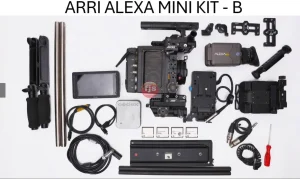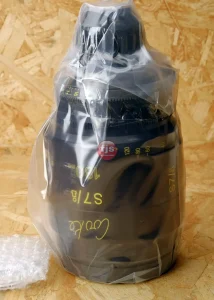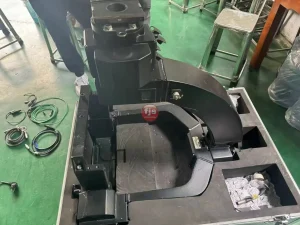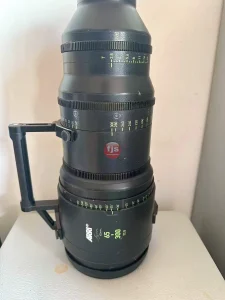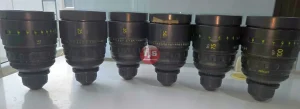Introduction
Master prime lenses are a type of high-end cine lens that are designed for professional film and video production. They offer superior optical performance and are built to withstand the rigors of use. Here are some tips for professionals on how to use master prime lenses:
Choose the right lenses:
- When choosing master prime lenses for professionals, it is important to choose a set that meets your specific needs. Consider the type of projects you will be shooting, the look you want to achieve, and your budget.
- There are many different brands and models of master prime lenses available, so it is important to do your research and find the lenses that are right for you.
Use the right accessories:
- In addition to the lenses themselves, there are a number of accessories that can be helpful when using master prime lenses. These include:
- A follow focus: A follow focus is a device that helps you smoothly and precisely adjust the focus of your lenses.
- A matte box: A matte box is a device that helps to protect your lenses from dust and moisture. It can also be used to add filters to your lenses.
- A lens hood: A lens hood helps to protect your lenses from glare and flare.
Experiment with different settings:
- Master prime lenses offer a wide range of creative possibilities. Experiment with different aperture, shutter speed, and ISO settings to find the look that you want.
- You can also experiment with different focus techniques, such as rack focus and shallow depth of field.
Take care of your lenses:
- Master prime lenses are expensive and delicate, so it is important to take care of them properly. This includes cleaning them regularly and storing them in a safe place.
- You should also avoid using harsh chemicals or solvents on your lenses, as these can damage the lens coatings.
Conclusion
Master prime lenses can be a valuable asset for professional filmmakers. They offer superior optical performance and can help you create high-quality images. By following these tips, you can learn how to use master prime lenses to their full potential.
Here are some questions and answers about using master prime lenses for professionals:
- Q: What are the benefits of using master prime lenses for professionals?
Master prime lenses offer a number of benefits for professionals, including:
* Superior optical performance: Master prime lenses are very sharp and have excellent color rendition. This can help you create high-quality images that meet the demanding standards of professional filmmaking.
* Versatility: Master prime lenses can be used for a variety of shots, including close-ups, wide shots, and everything in between. This can give you more creative control over your images.
* Durability: Master prime lenses are built to withstand the rigors of professional use. This means that you can use them without worrying about damaging them.
- Q: What are the challenges of using master prime lenses for professionals?
Master prime lenses can be challenging to use for professionals, especially if you are not used to manual focus. However, there are a few things you can do to make it easier:
* Practice: The best way to learn how to use master prime lenses is to practice. Start by shooting in manual focus mode and gradually increase the difficulty as you become more comfortable.
* Use a focus puller: A focus puller is a device that can help you focus your lenses smoothly and precisely. This can be especially helpful if you are shooting handheld or with a large crew.
* Use a loupe: A loupe is a magnifying glass that can help you see the image more clearly when focusing. This can be helpful if you are shooting with a shallow depth of field.
- Q: What are some resources for professionals who want to learn more about master prime lenses?
There are many resources available online and in books that can teach you more about master prime lenses. Here are a few suggestions:
* The book "Mastering Prime Lenses" by Steve Huff is a comprehensive guide to using master prime lenses.
* The website "CineD" has a number of articles and tutorials on master prime lenses.
* The YouTube channel "Film Riot" has a number of videos on using master prime lenses.

